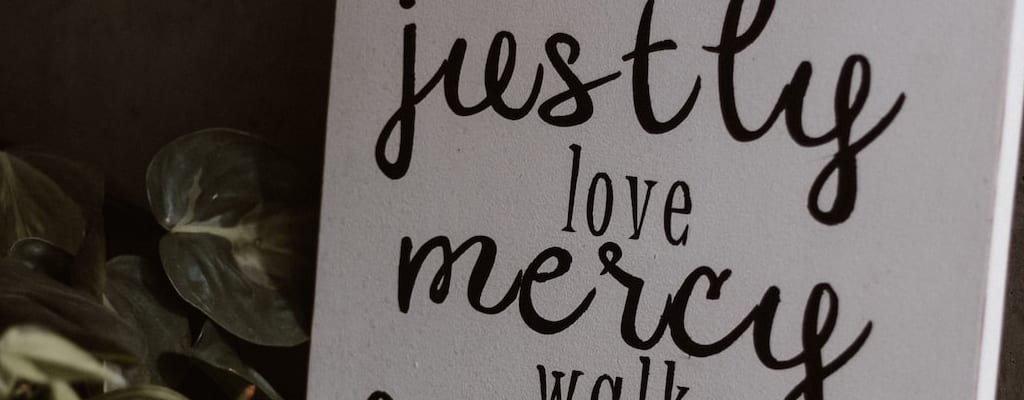warts and all: Idiom Meaning and Origin
What does ‘warts and all’ mean?
The idiom "warts and all" means to accept or depict someone or something in their entirety, including their flaws and imperfections. It emphasizes the importance of embracing and showing the complete truth, without hiding any unfavorable aspects.

Idiom Explorer
The idiom "written all over someone's face" means that someone's true feelings or emotions are clearly visible to others through their facial expressions.
The idiom "whole ball of wax" means considering or encompassing everything related to a particular situation or topic.
The idiom "wash one's dirty laundry in public" means to discuss private or embarrassing matters in a public or inappropriate setting, making others aware of personal problems.
The idiom "washed out" means to be exhausted or worn out, both physically and emotionally. It can also refer to something that appears faded or lacking in color or intensity.
The idiom "walk through" means to explain or demonstrate something in a step-by-step manner, often for the purpose of helping someone understand or learn it.
The idiom "walk the line" means to maintain a careful and conscientious balance between two opposing forces or viewpoints, without deviating or favoring one over the other.
The idiom "walk the dog" means to take the responsibility of performing a task or fulfilling an obligation, often for someone else's benefit or convenience.
The idiom "walk over" means to defeat or overcome someone or something easily, without much effort or resistance. It conveys the idea of being in complete control or dominance over a situation or a person.
The idiom "walk on the wild side" means to engage in risky or unconventional behavior, often associated with breaking societal norms or boundaries.
The True Essence
The idiom "warts and all" is widely used in English language and has its origins in the 17th century. It is most commonly used in informal contexts and its meaning has evolved over time. The phrase is often used in a figurative sense to describe a realistic or unflinching portrayal of something or someone, including their flaws or imperfections.
The term "warts" in the phrase refers to the literal blemishes or skin growths known as warts. Warts are small, benign, and raised skin lesions that are caused by various strains of the human papillomavirus (HPV). They can be found on hands, feet, and other parts of the body. The use of "warts" in the idiom is metaphorical, representing the imperfections, shortcomings, or undesirable aspects of a person, object, or situation.
The addition of "and all" to the idiom emphasizes the idea of presenting or accepting the subject in its entirety, without any omissions or attempts to conceal flaws. The phrase suggests a willingness to acknowledge and embrace the less desirable aspects of someone or something, rather than only focusing on the positive or idealized aspects.
The idiom "warts and all" has become a commonly used expression in the English language, firmly rooted in everyday speech. It can be found in a wide range of contexts, including literature, journalism, and everyday conversation. The phrase is often used to convey a sense of candidness or honesty, especially when discussing or describing individuals or situations that may have both positive and negative aspects.
The idiom "warts and all" is related to the phrase "whole ball of wax." Both idioms emphasize the importance of presenting a complete and unfiltered portrayal. Just as "warts and all" highlights the necessity of acknowledging and embracing flaws, "whole ball of wax" conveys the idea of including every aspect or element, without omitting anything. Both idioms stress the significance of authenticity and truthfulness in our depictions, rejecting any attempt to present a selective or idealized view.
Another related idiom is "written all over someone's face." This phrase suggests that a person's true emotions or thoughts are evident in their facial expressions. It conveys the idea that certain feelings or characteristics can be so blatantly obvious that they are "written" or displayed prominently on a person's face. "Warts and all" and "written all over someone's face" share a common theme of genuine, unfiltered expression, encouraging us to embrace and acknowledge what is plainly evident.
Furthermore, the idiom "walk all over" is related to "warts and all" in the sense that it highlights the importance of recognizing and addressing the negative aspects or treatment that individuals may experience. "Walk all over" means to be taken advantage of or treated poorly by others. It emphasizes the need to acknowledge and confront such mistreatment, rather than tolerating or accepting it without question. This idiom aligns with the spirit of "warts and all" by urging individuals to stand up for themselves and strive for fair and respectful treatment.
The phrase "very well" is another related idiom that can be connected to "warts and all." While "warts and all" emphasizes the acceptance and acknowledgment of flaws, "very well" conveys a sense of acceptance or agreement with a situation, even if it may be less than ideal. It suggests a willingness to tolerate or make do with less than perfect circumstances. Both idioms share a common theme of accepting and embracing what is, rather than striving for an idealized or ideal outcome.
Overall, the idiom "warts and all" encapsulates the notion of embracing and accepting the flaws, imperfections, or less desirable aspects of someone or something. It emphasizes the importance of presenting a complete and unflinching portrayal, without omitting or glossing over any negative elements. The phrase has firmly established itself in the English language, and its continued usage reflects an enduring fascination with the complexities and contradictions of human nature and the world we inhabit.
Example usage
Examples of how the idiom *warts and all* can be used in a sentence:
- "I love my cat warts and all." (This example indicates that the person loves their cat despite its flaws or imperfections.)
- "She decided to accept the job offer, warts and all." (This example suggests that the person accepted the job offer with all its drawbacks and disadvantages.)
- "He embraced his partner warts and all." (This example implies that the person fully accepted their partner with all their faults or shortcomings.)
More "Phrases" idioms



